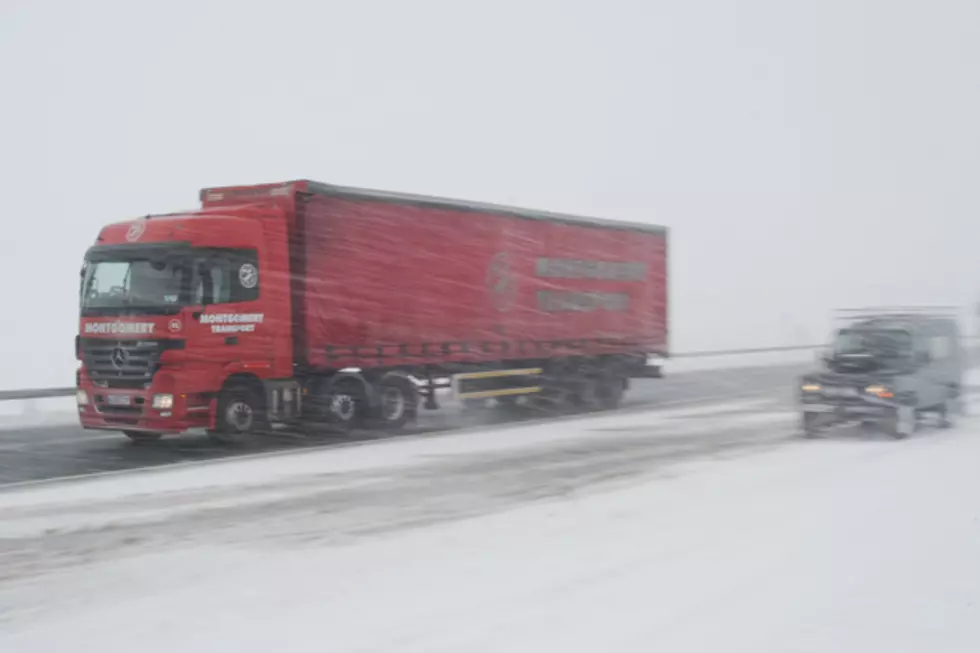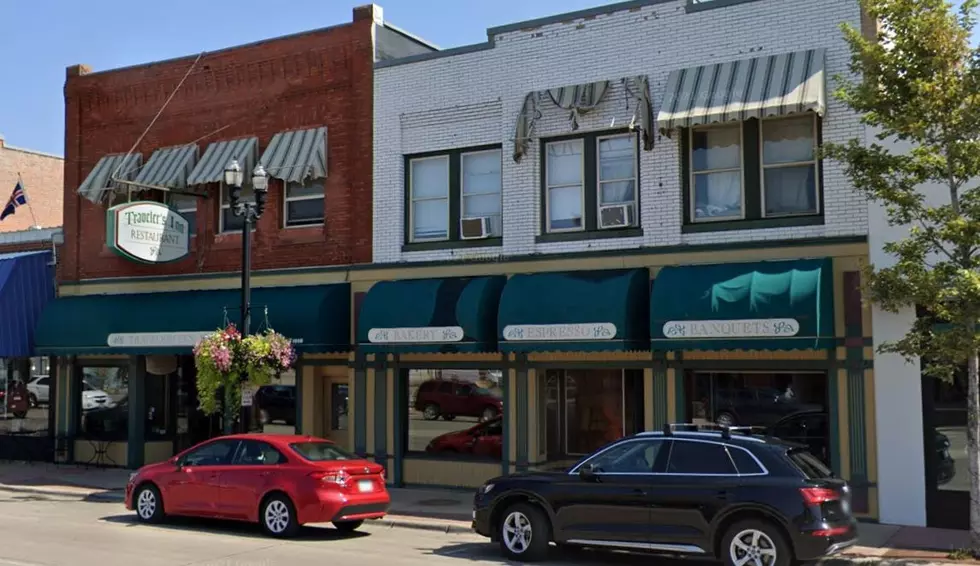
This Might Help the winter Driving Conditions on I 94 Near Alexandria
If you have ever driven I-94 from St. Cloud to Fargo/Moorhead in the winter, you have probably run into some treacherous road conditions. Sometimes, if there is blowing snow, an actual snowstorm, or any sort of icy conditions, that stretch of road can really make a drive white knuckle it throughout their drive. The worst part of this stretch of road is usually between Alexandria and Moorhead.
When we hear about weather related accidents involving jackknifed semis, spin outs, vehciles in the ditch, pile ups, this is many times on this area of the route. But it's the weather, and it's a very open area, so what can you do?
US Senators Amy Klobuchar and Tina Smith announced that the DOT has over $13 million in funds to install 24 miles of snow fence in various spots over 120 miles between Alexandria and Moorhead in Minnesota.
I know that some people will be thinking "what good will this do"? I may have had an initial thought like that too, but then you have to look at it like this - it definitely won't hurt, and it might help. I have had a time when I was driving that stretch of road every week for about 8 months. Most of it was during the winter, and that is no joke. So, putting this snow fence up might help. Even if it's a little better, that is a good thing.
LOOK: The most expensive weather and climate disasters in recent decades
Gallery Credit: KATELYN LEBOFF
KEEP READING: What to do after a tornado strikes
More From 1390 Granite City Sports





